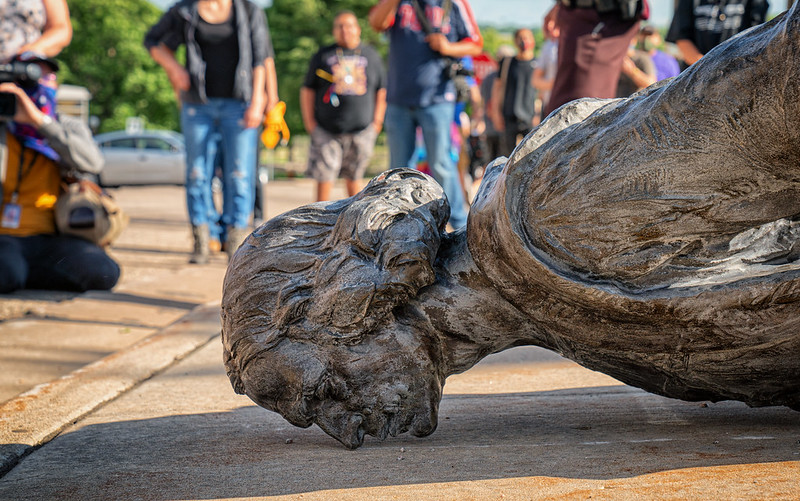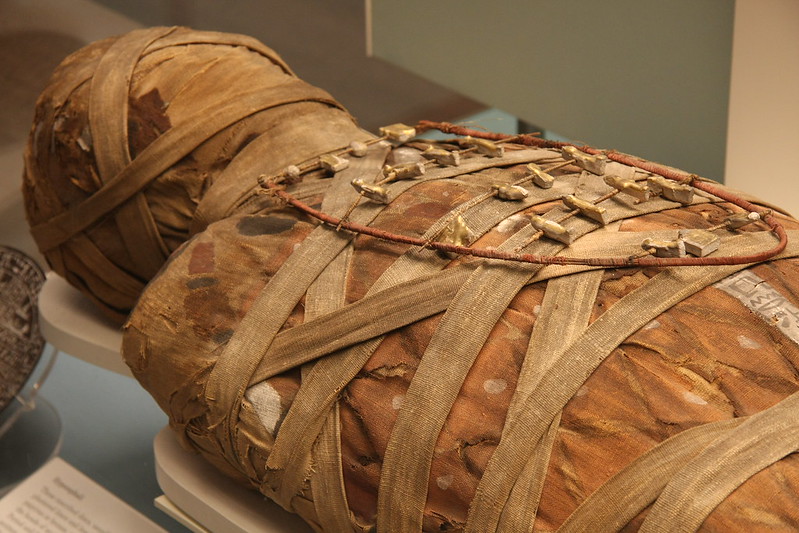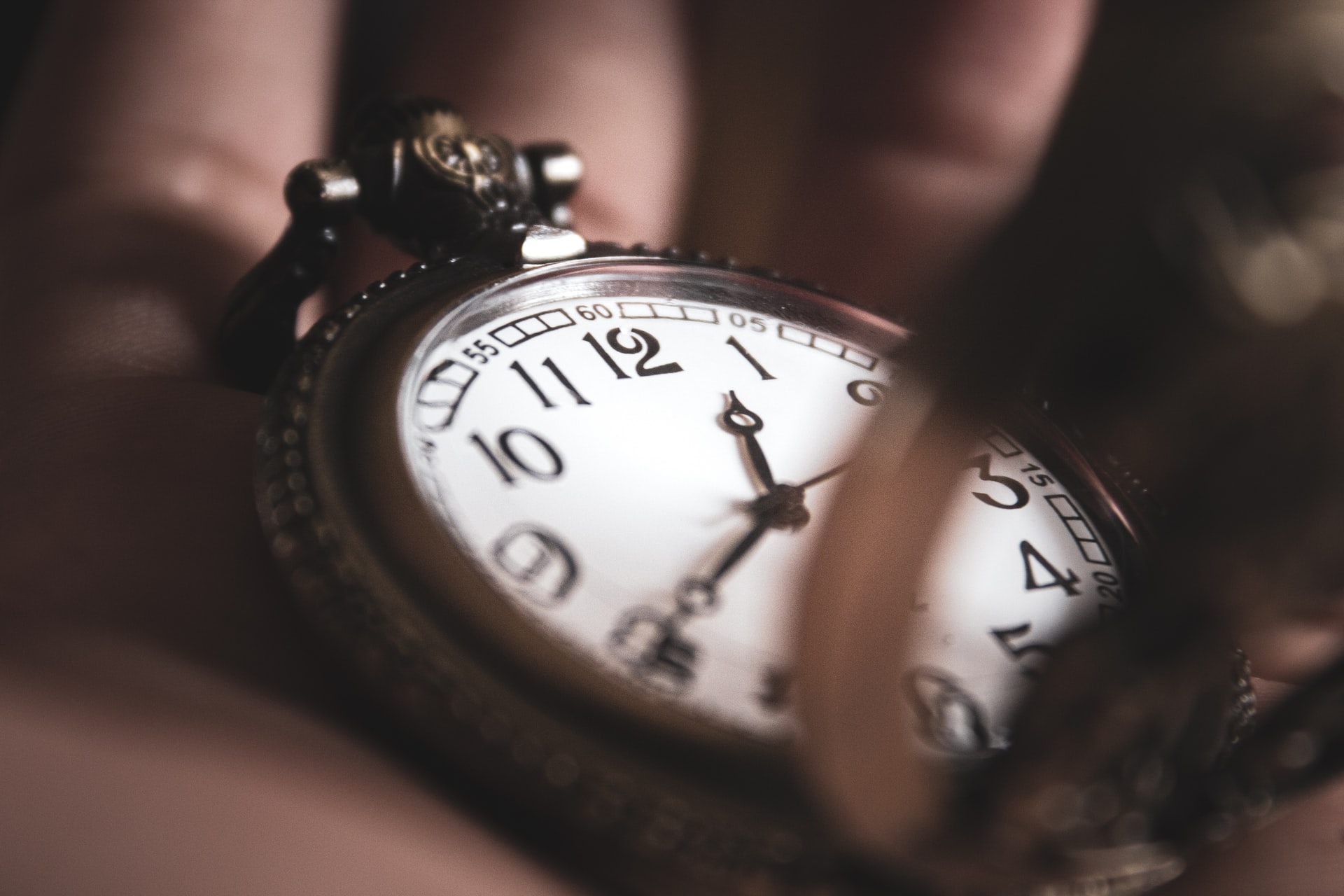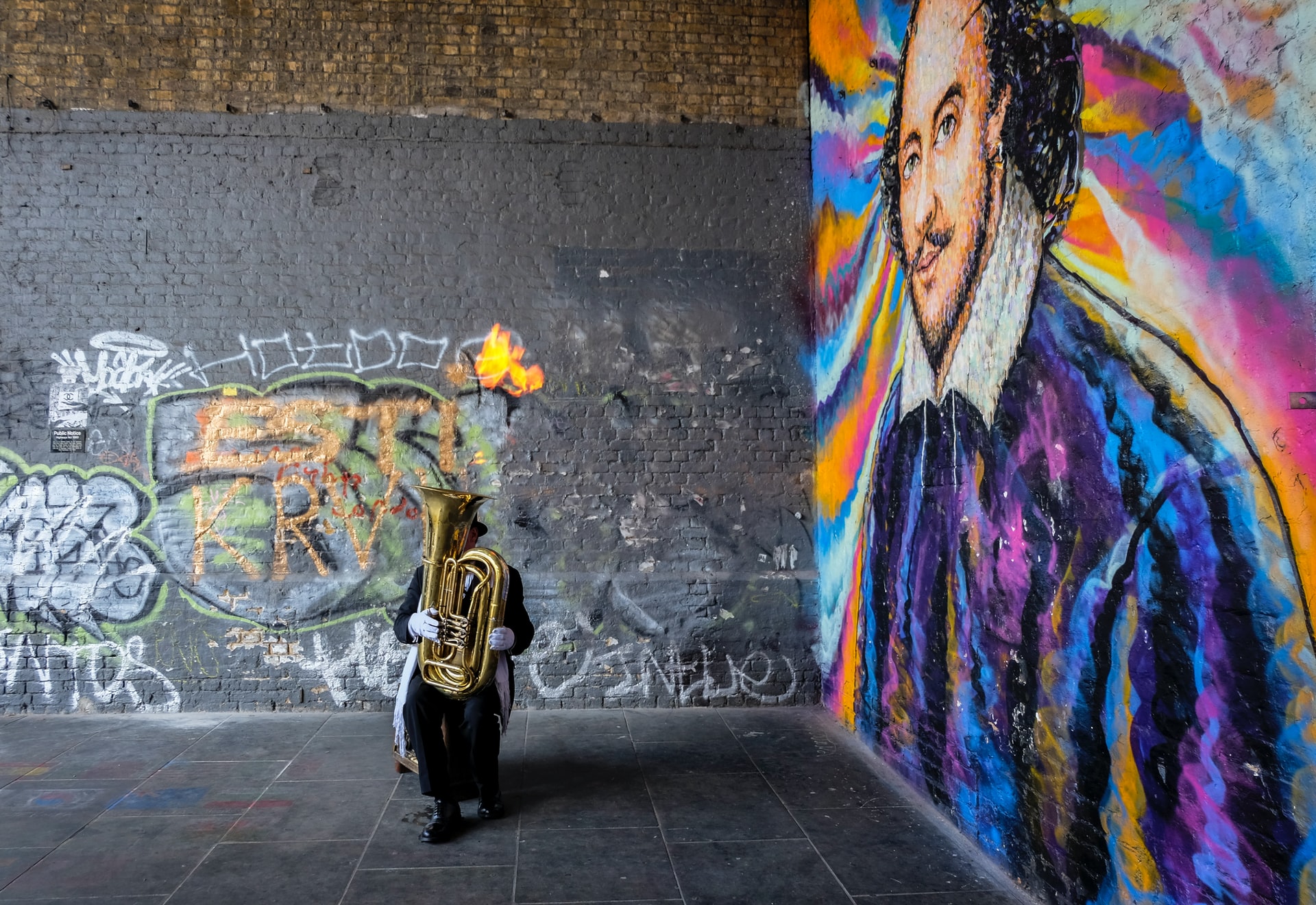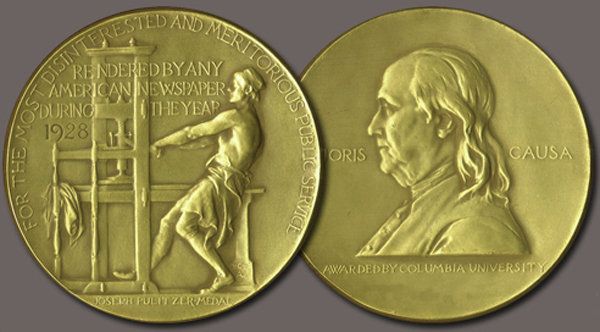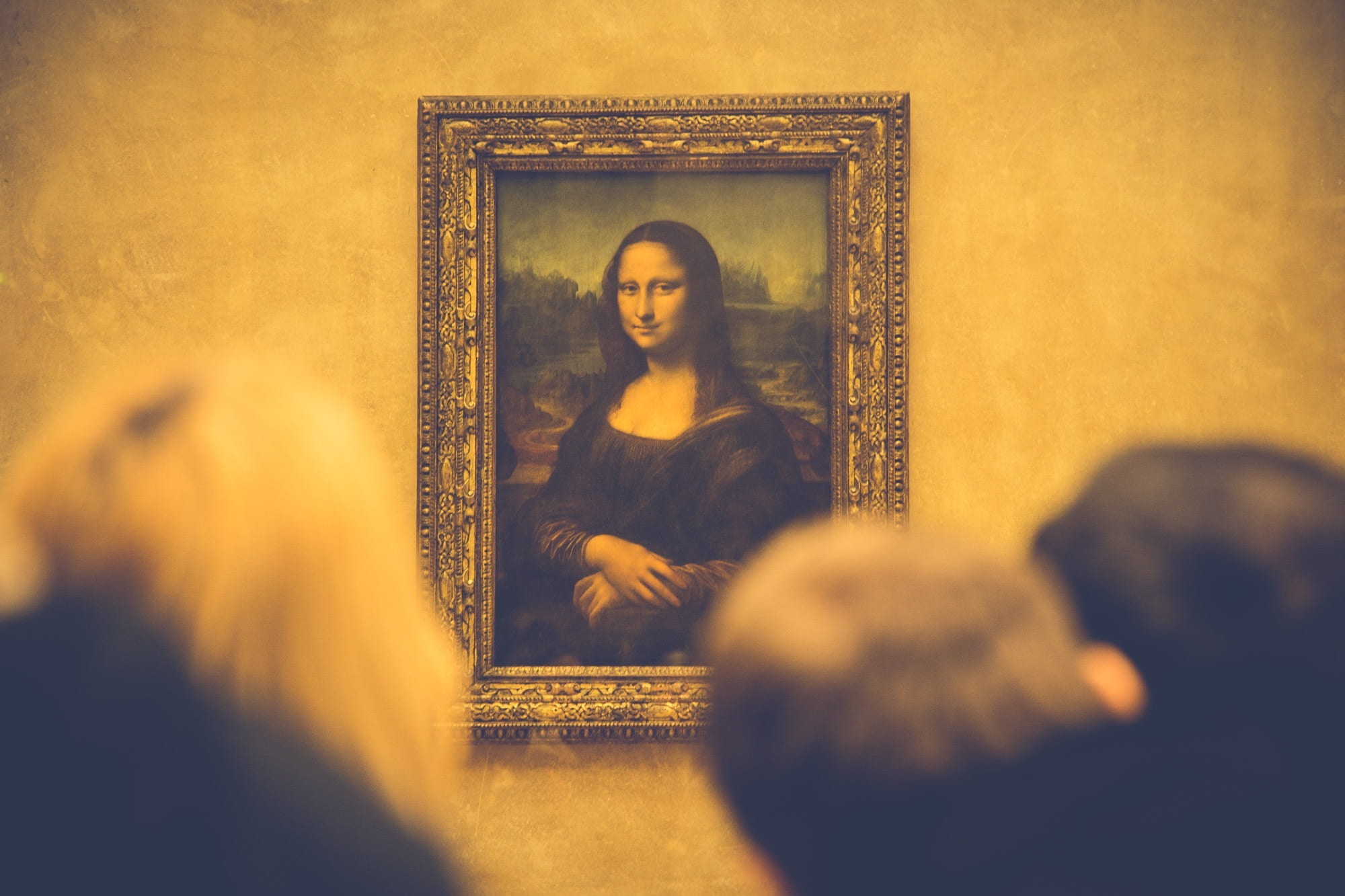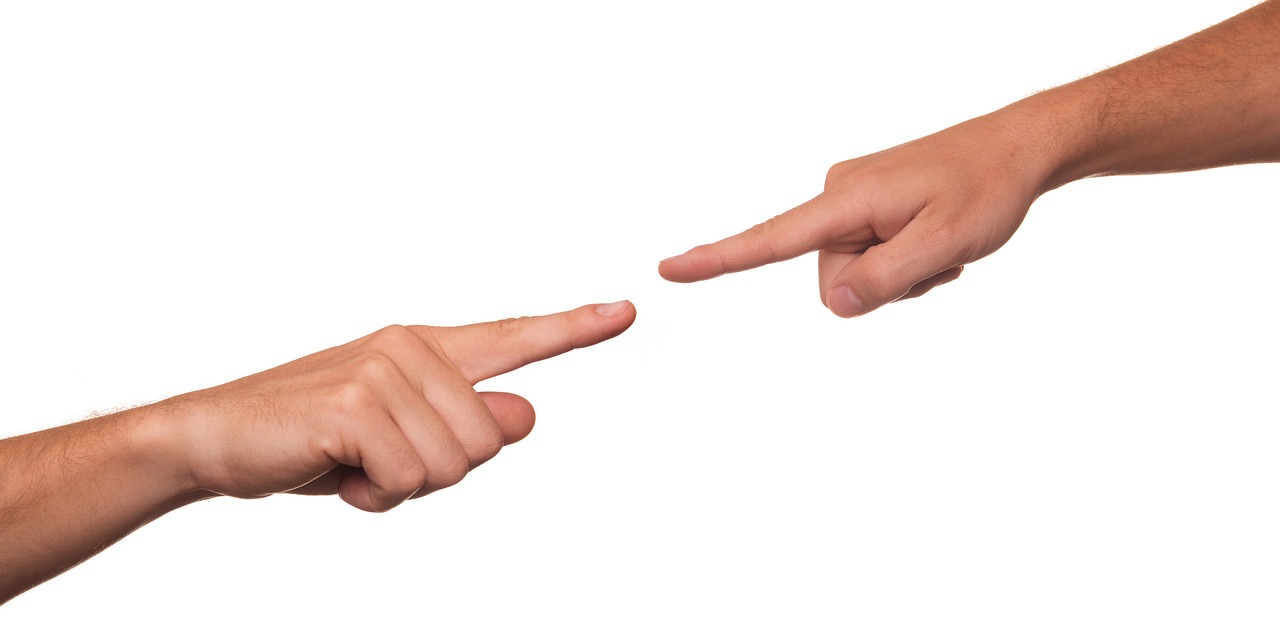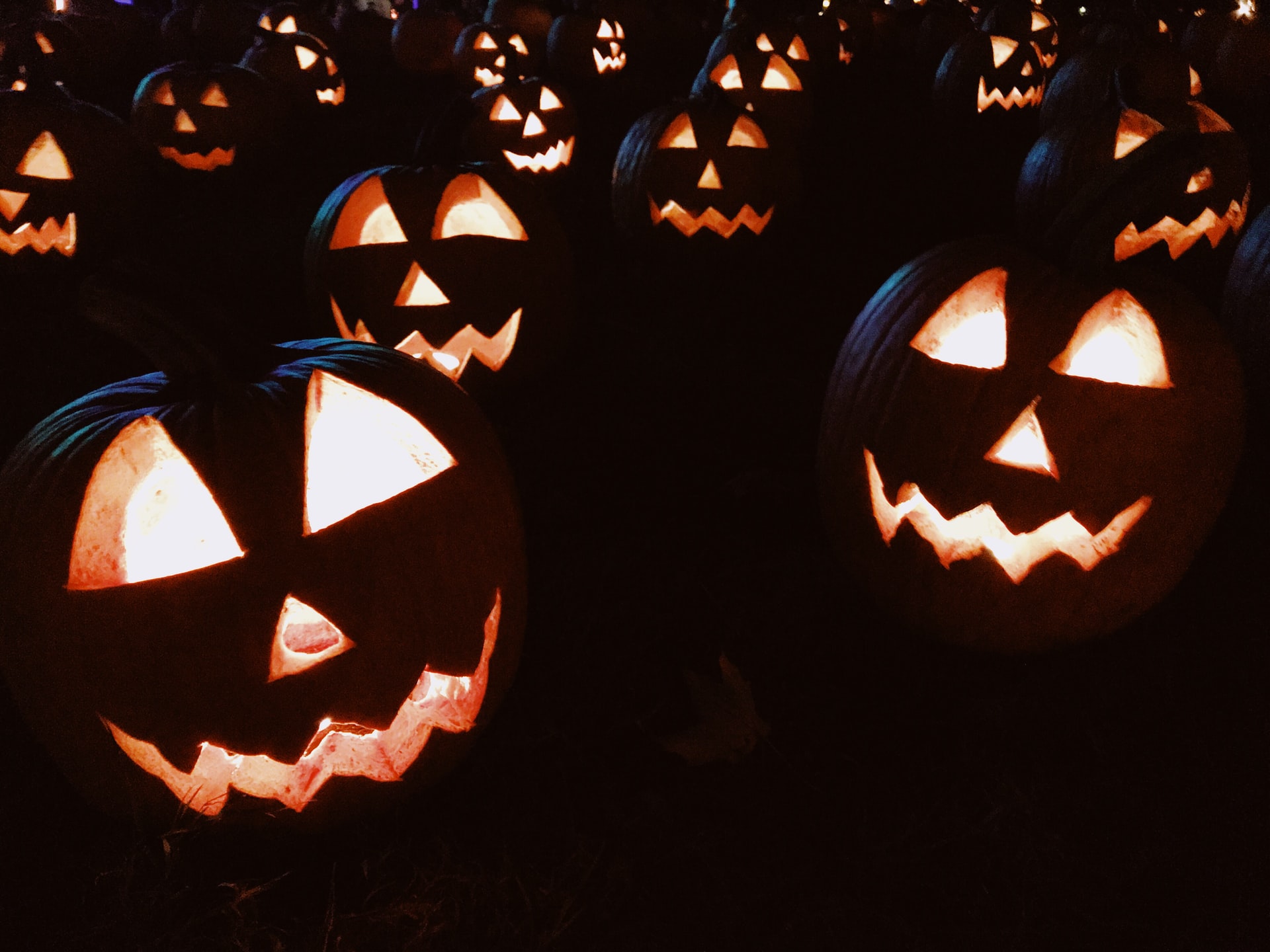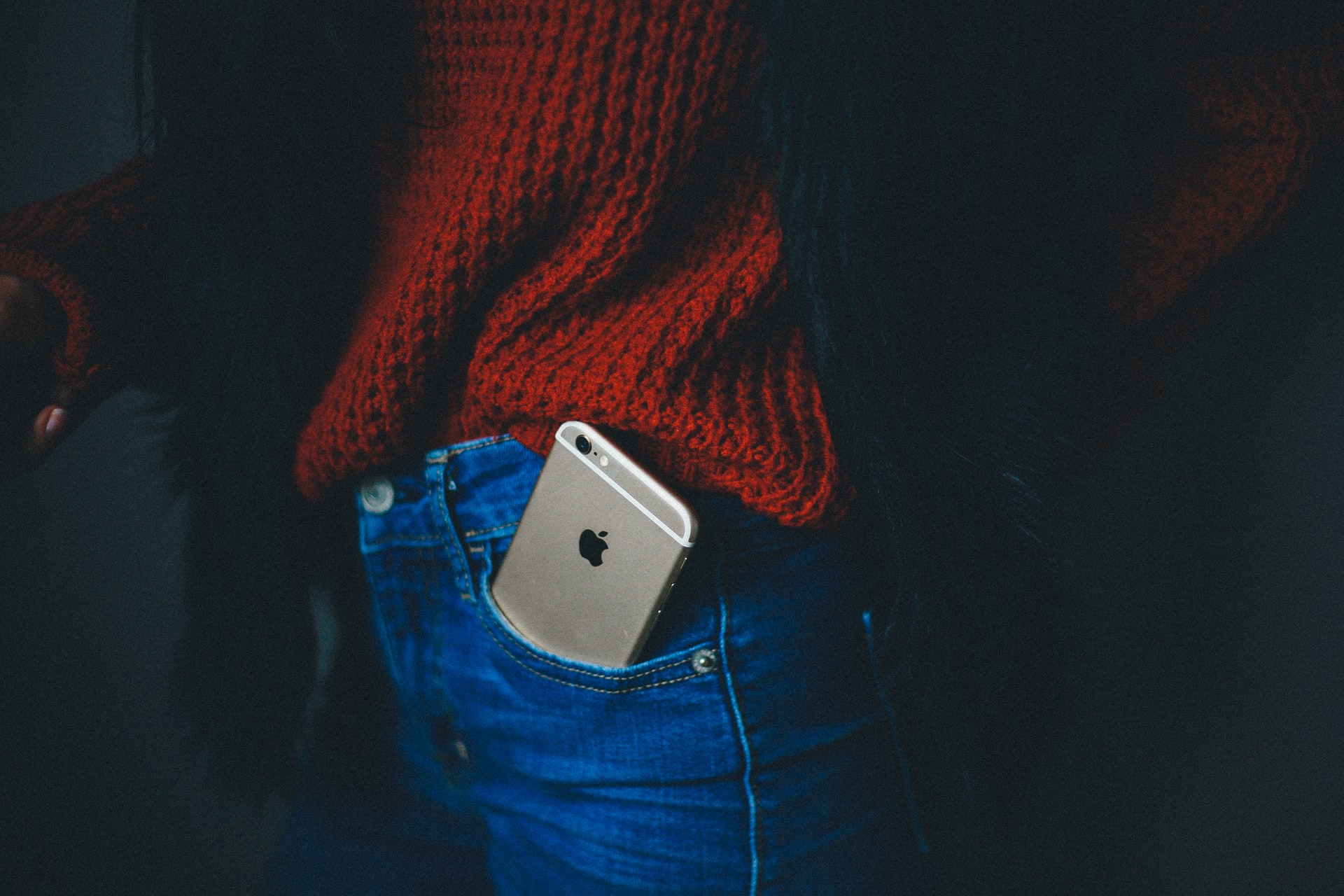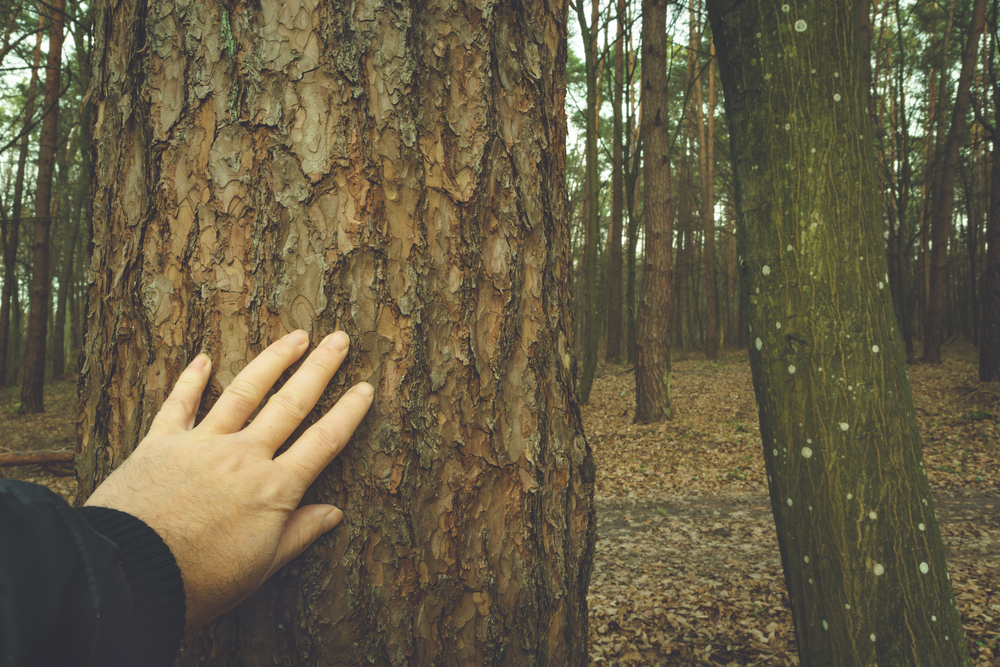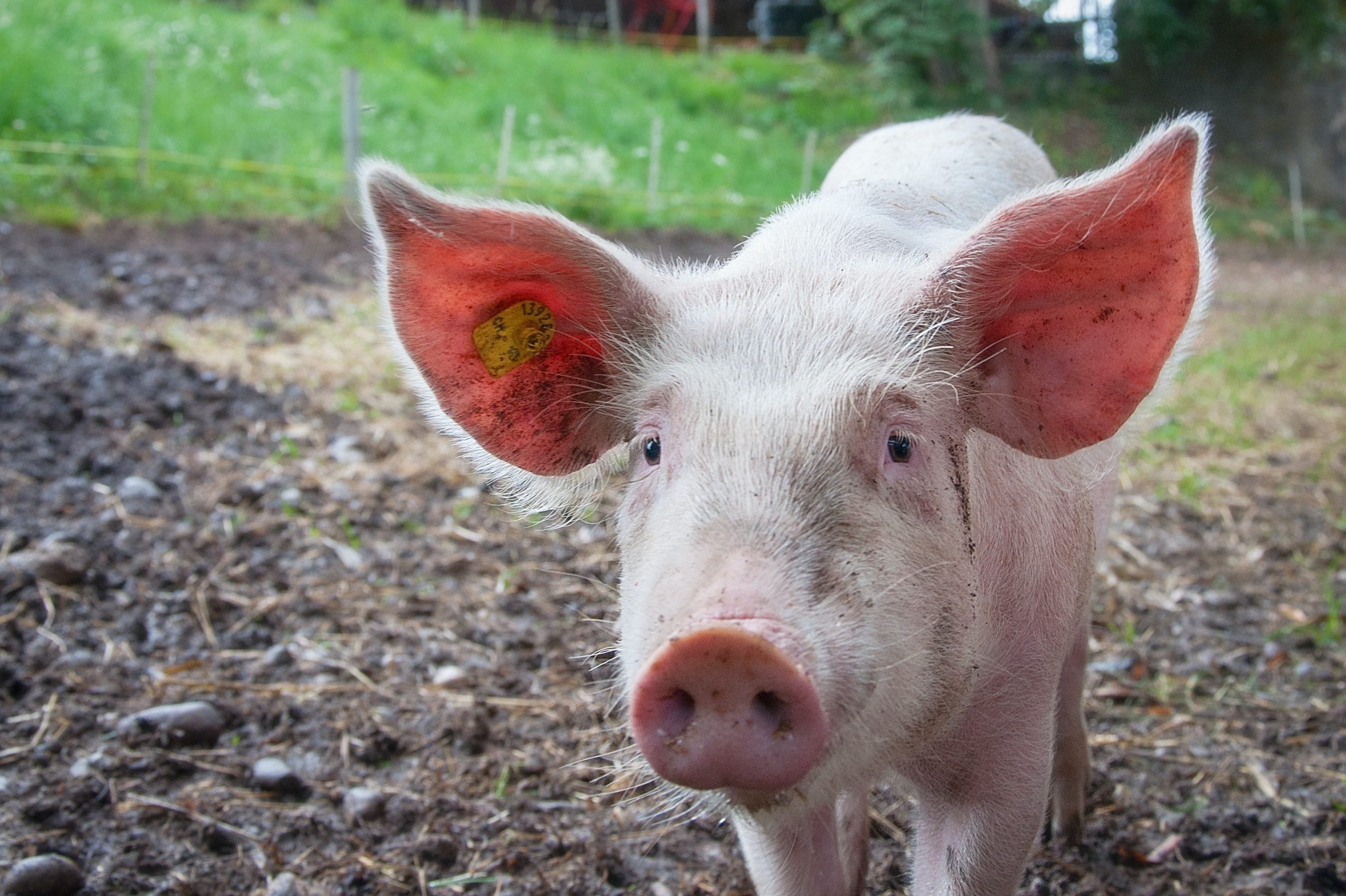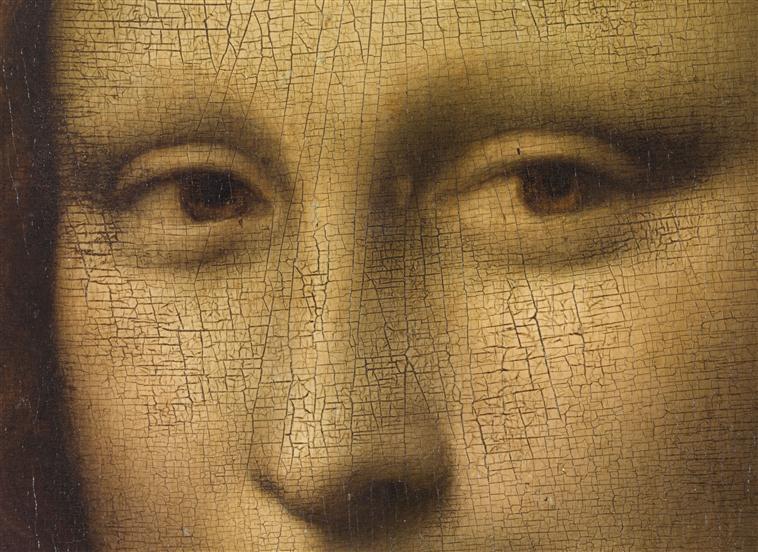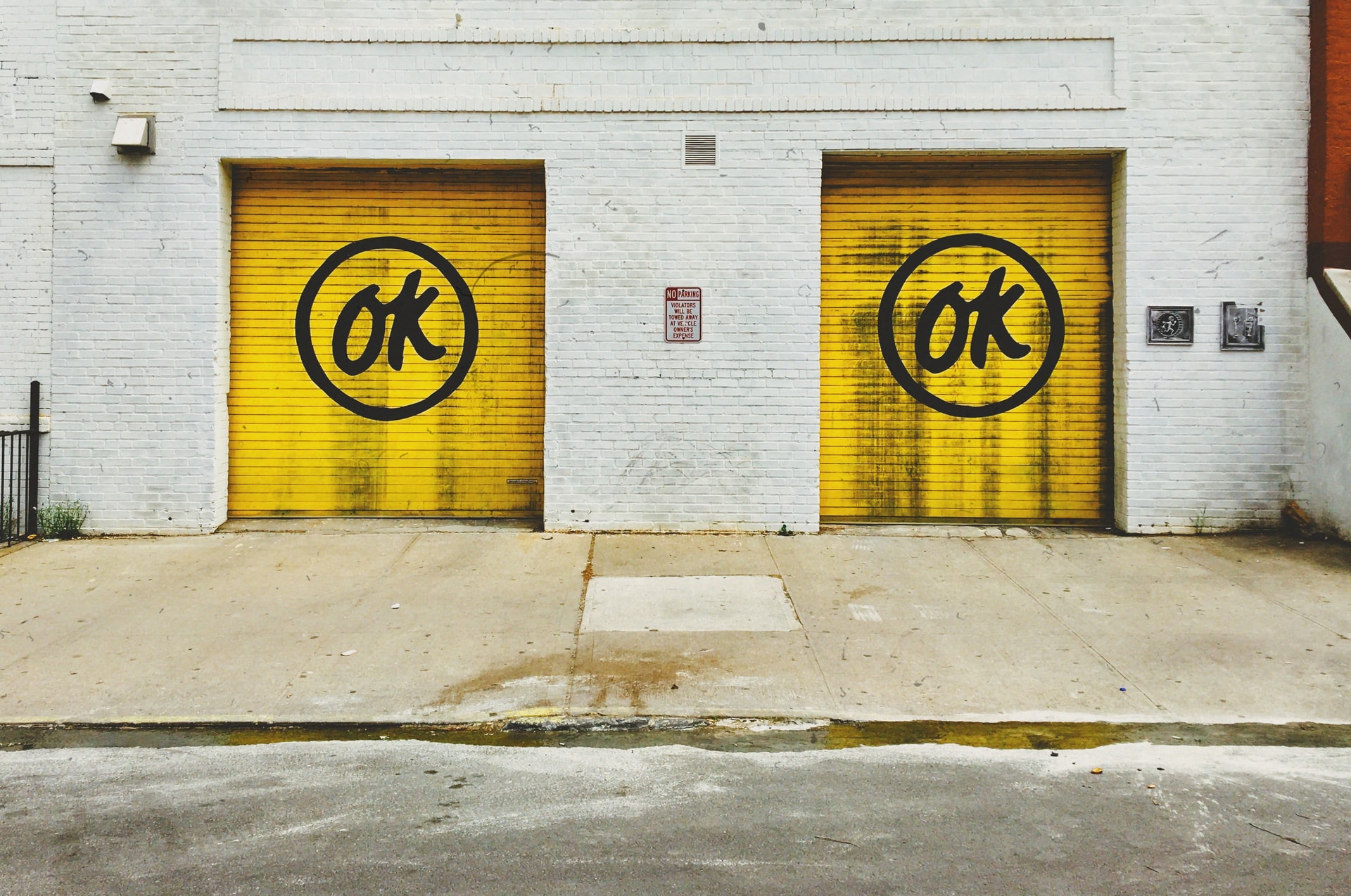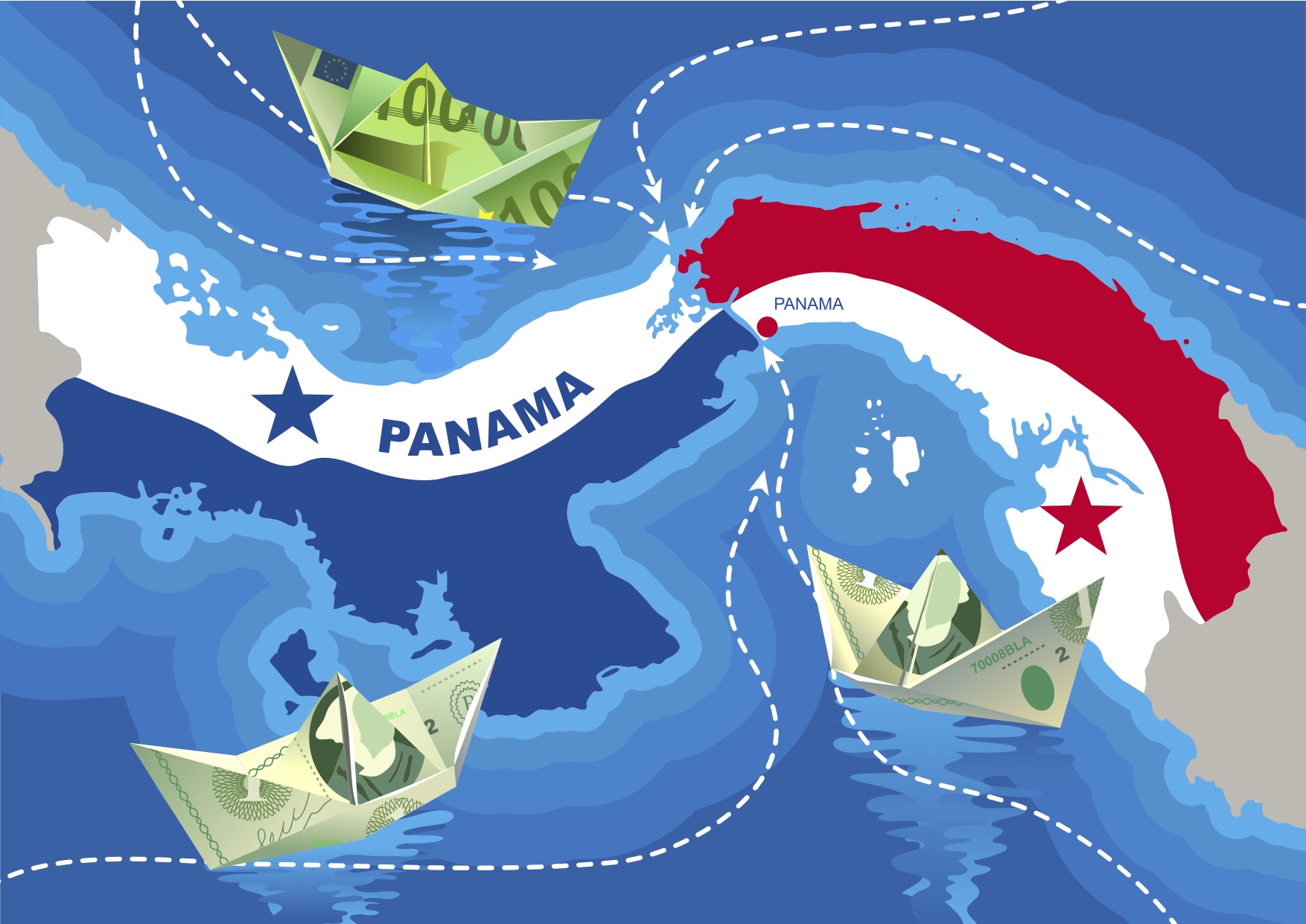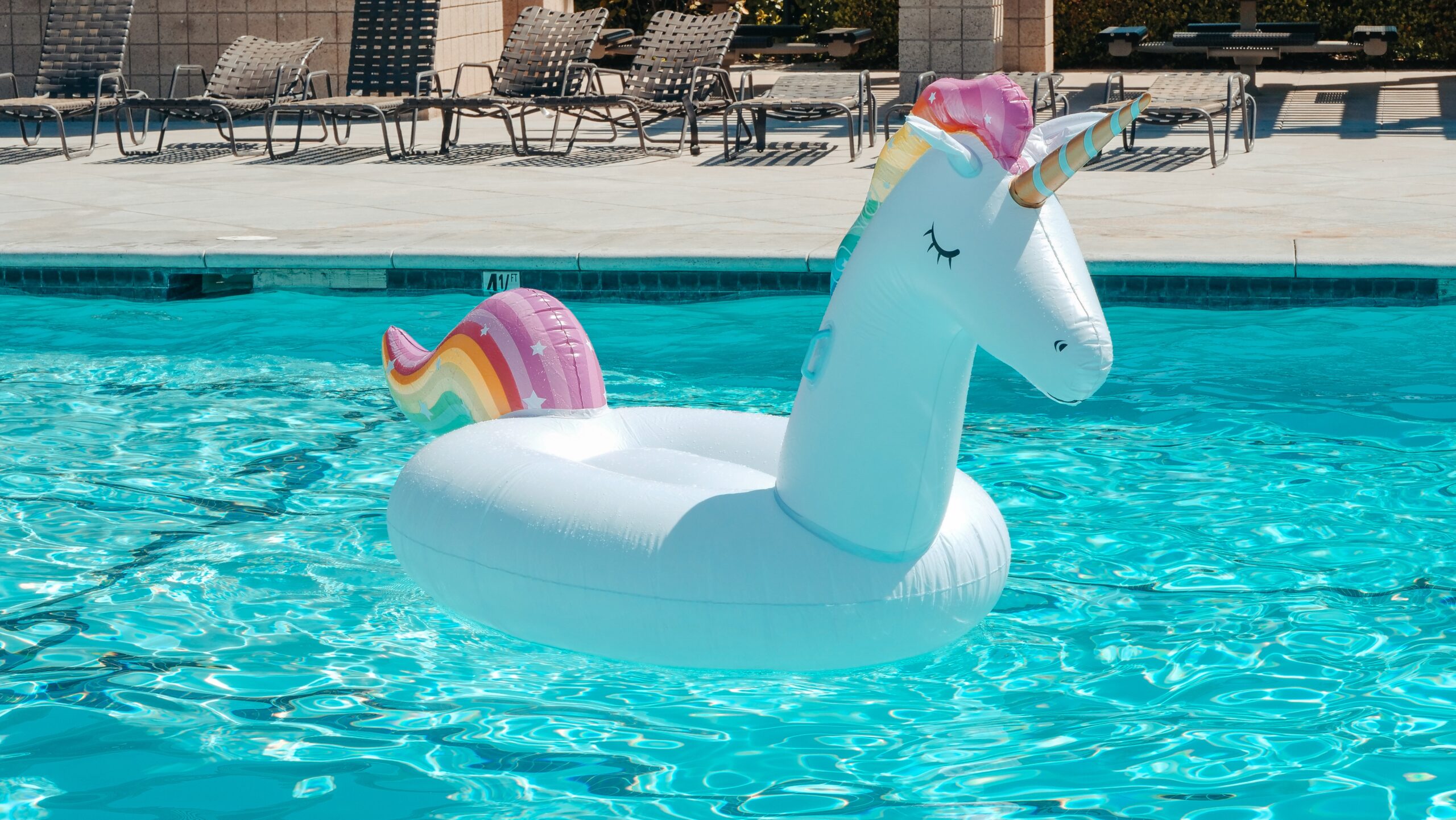Reading Time: 2 minutes
- Humans love stories, and most countries are formed around stories of heroism to create a sense of unity and belonging.
- When America gained independence from Britain, it too needed a hero but, for obvious reasons, a non-British.
- Columbus, an Italian, is said to have sighted America in 1492, but he never really set foot on the lands of modern-day’s North America?He went to modern-day’s Caribbean islands, central and South America. & was no hero till 1770s.
- But when America’s war of independence started in 1775, Columbus was most suited to fill the vacant spot of a hero – he was courageous, unconventional, intelligent, non-British and had been subjected to bad treatment and put in jail by the Spanish monarch (who had at first sponsored his voyage).
- Anti-monarchy sentiment was quite prevalent at the time and this gained Columbus huge popularity.
- But his popularity grew exponentially in 1890-1915 because of the excessive migration from poverty-stricken Italy to the US during that period.
- Disadvantaged Italians faced discrimination, so they embraced Columbus to argue their belongingness in America.
- Then a social club, Knights of Columbus, founded by Italian migrants grew in influence and convinced the US President in 1937 to proclaim Columbus Day a federal holiday.
- In 1939, WWII broke out and many Native Americans aided the US in the war but their efforts were not adequately recognised after the war ended in 1945.
- This and other discriminatory practices gave rise to Native American activism.
- This continued at a low pace but took centerstage during the 1960s civil rights movement, which was led by the black community against discrimination.
- The demand for change during the civil rights protests also made Native Americans a part of the conversation and historians began re-examining Columbus & his stories.
- Historians, then corrected the myth and included stories of the slave trade, barbaric acts of torturing, beheadings and mass murders, Columbus had executed in Hispaniola (modern-day’s G
,reater Antilles
island in West Indies). - Gradually, Columbus & many others became controversial figures and their monuments became a subject of national debate.
- This debate has remained especially heated after Dylann Roof killed nine African Americans in a Church in 2015, supposedly to ‘start a race war’.
- George Floyd’s death has again brought the issue to the fore and statues of these personalities are being seen as racial symbols.
Image courtesy of Tony Webster
Reference shelf :

